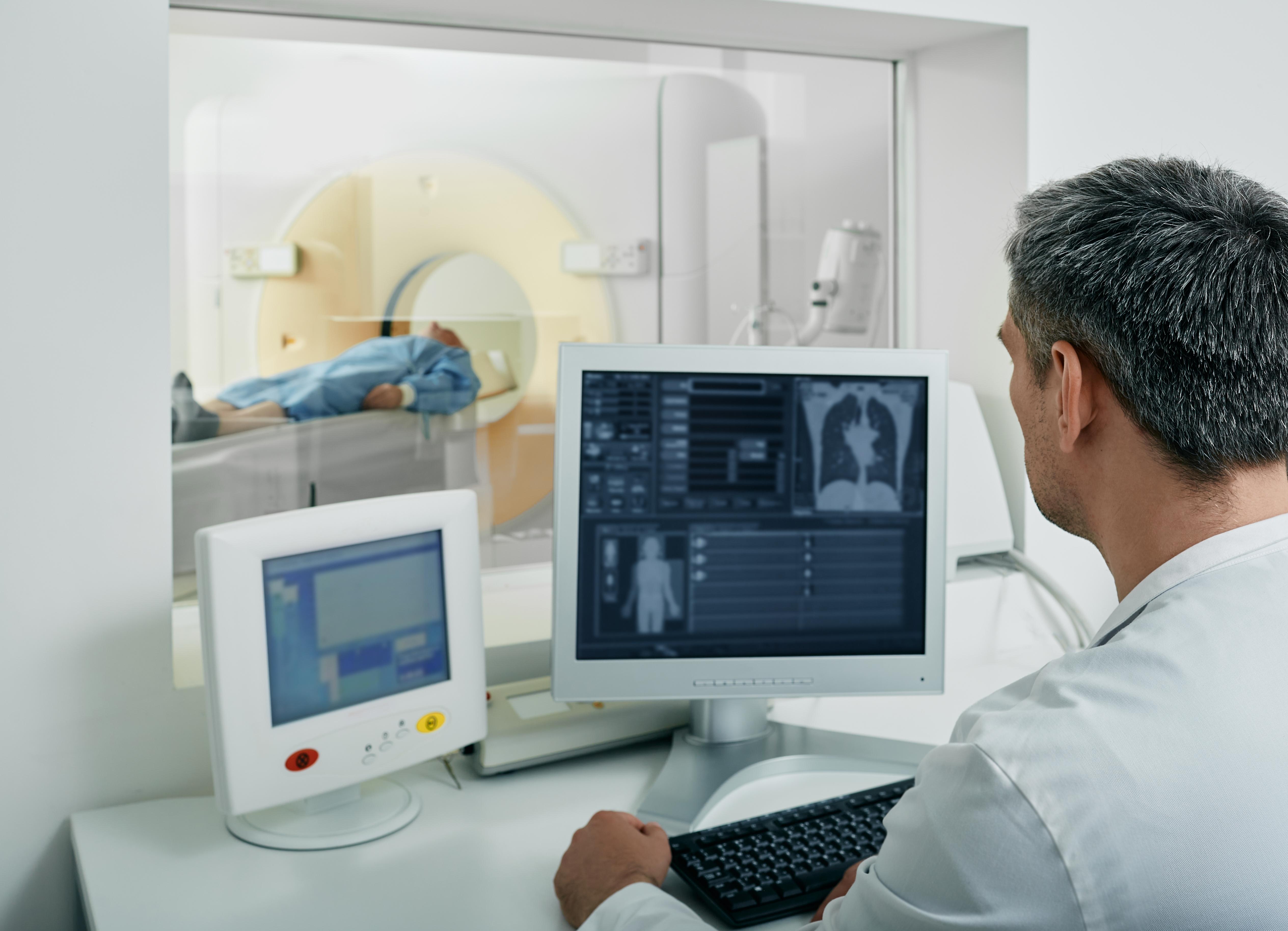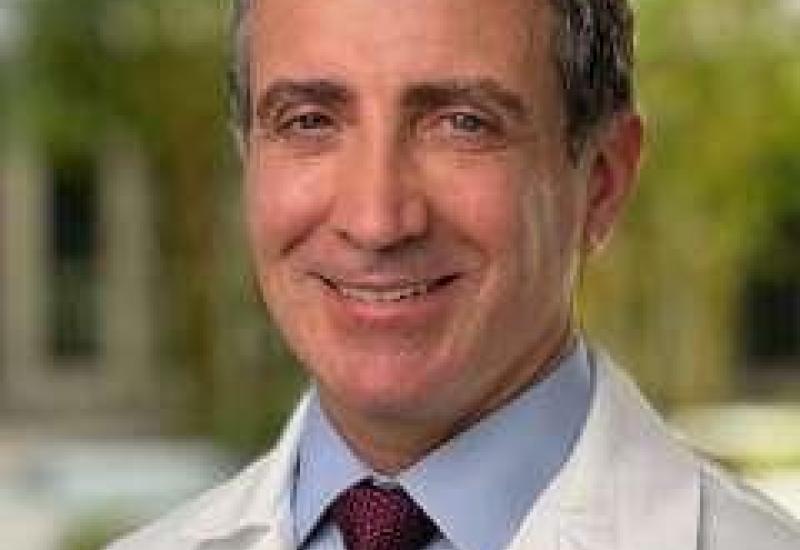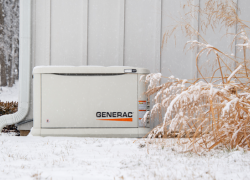The Lung Disease Most Americans Don’t Know They’re at Risk For
(Amy Leitman, JD, President of NTMir Contributor, USA Today) - For most Americans, the letters "NTM" don’t mean anything. But for tens of thousands of people across the country, they represent something serious: a chronic lung disease that’s often overlooked, misunderstood, and on the rise.
- For most Americans, the letters "NTM" don’t mean anything. But for tens of thousands of people across the country, they represent something serious: a chronic lung disease that’s often overlooked, misunderstood, and on the rise.
NTM, or nontuberculous mycobacterial lung disease, isn’t contagious. But that doesn’t make it harmless. Caused by bacteria found in soil and water, NTM can lead to progressive lung damage, especially in people with underlying respiratory conditions. What’s most alarming is how easily it hides in plain sight—mimicking other illnesses, evading detection, and often going untreated for years.
As we approach World NTM Day on August 4, it’s time to bring this disease out of the shadows.
NTM lung disease isn’t rare anymore. Over the past few decades, researchers have tracked a steady increase in infections across the U.S., especially among people over 65 and those with structural lung issues like bronchiectasis or COPD. According to the Centers for Disease Control and Prevention, cases are growing by 8% annually. Currently there are estimated to be more than 200,000 cases in the U.S. alone.
Certain regions are being hit harder than others. States like Florida, Hawaii, California, and Texas report disproportionately high rates, with urban hubs like Chicago, Atlanta, Los Angeles, and New York City also seeing spikes. The combination of humid climates, aging populations, and exposure to aerosolized water from showers, hot tubs, or soil seems to provide the perfect conditions for the bacteria to thrive.
Still, it’s not limited to one geographic area. Wherever people are inhaling air from contaminated environments—and especially where structural lung conditions are common—NTM is a growing risk.
One of the most frustrating aspects of NTM is how easy it is to mistake it for something else. People often develop a persistent cough, fatigue, night sweats, or shortness of breath—symptoms that could point to any number of respiratory conditions. It’s not unusual for patients to be told they have bronchitis or asthma, and to be treated accordingly.
But when weeks turn into months, and standard treatments don’t work, it’s time to look deeper.
Diagnosis requires a chest CT scan and sputum cultures, but even then, identifying the right strain and choosing the right treatment takes time. The standard course involves multiple antibiotics taken for over a year, and in many cases, patients can be reinfected with another strain later on.
Behind the data are stories—some hopeful, some heartbreaking.
Diane, a retired teacher in Houston, spent more than two years bouncing between physicians. “I had a chronic cough I just couldn’t shake,” she says. “They thought it was allergies or maybe long COVID.” After finally seeing a pulmonologist who tested for NTM, she got her diagnosis. “I was relieved, but scared. I had never even heard of it.”
In Miami, Michael, 67, had a similar experience. “They told me it was COPD, and I believed them. But my energy kept getting worse.” It wasn’t until a specialist ordered a specific culture that the real cause came to light. “By then, my lungs were already in bad shape.”
These aren’t rare anecdotes—they’re reflective of a larger issue: too many patients are slipping through the cracks because NTM isn’t top of mind for most clinicians.
(*Stories are drawn from patient accounts shared with NTMir’s national support community. Names have been changed for privacy.*)
Every year, August 4 marks World NTM Day, an international effort to raise awareness about this under-recognized illness. The day offers an opportunity to elevate patient voices, educate health professionals, and encourage policy solutions to improve care.
This year, advocates are emphasizing five urgent needs:
1. Faster diagnosis.
2. More research for treatments.
3. Public awareness.
4. Research for ways to reduce exposure.
5. Support for patients.
The call to action is simple: If you’ve had a lingering cough or recurring respiratory symptoms, and especially if you already have a lung condition, ask your doctor whether NTM testing is appropriate.
NTM lung disease isn’t going away. But we do have reasons to be hopeful. New diagnostic tools are in development. Clinical trials are underway for more tolerable and effective medications. And groups like NTMir are building a stronger national patient registry to support research and care coordination.
What we don’t have—yet—is widespread awareness.
That’s where you come in. Whether you’re a patient, caregiver, physician, journalist, or policymaker, you can help shine a light on this overlooked disease. Share a story. Ask questions. Start the conversation.
Because when it comes to NTM, knowledge isn’t just power—it’s a lifeline.
To learn more about nontuberculous mycobacterial lung disease, and to get involved in World NTM Day on August 4, visit www.WorldNTMDay.org.










